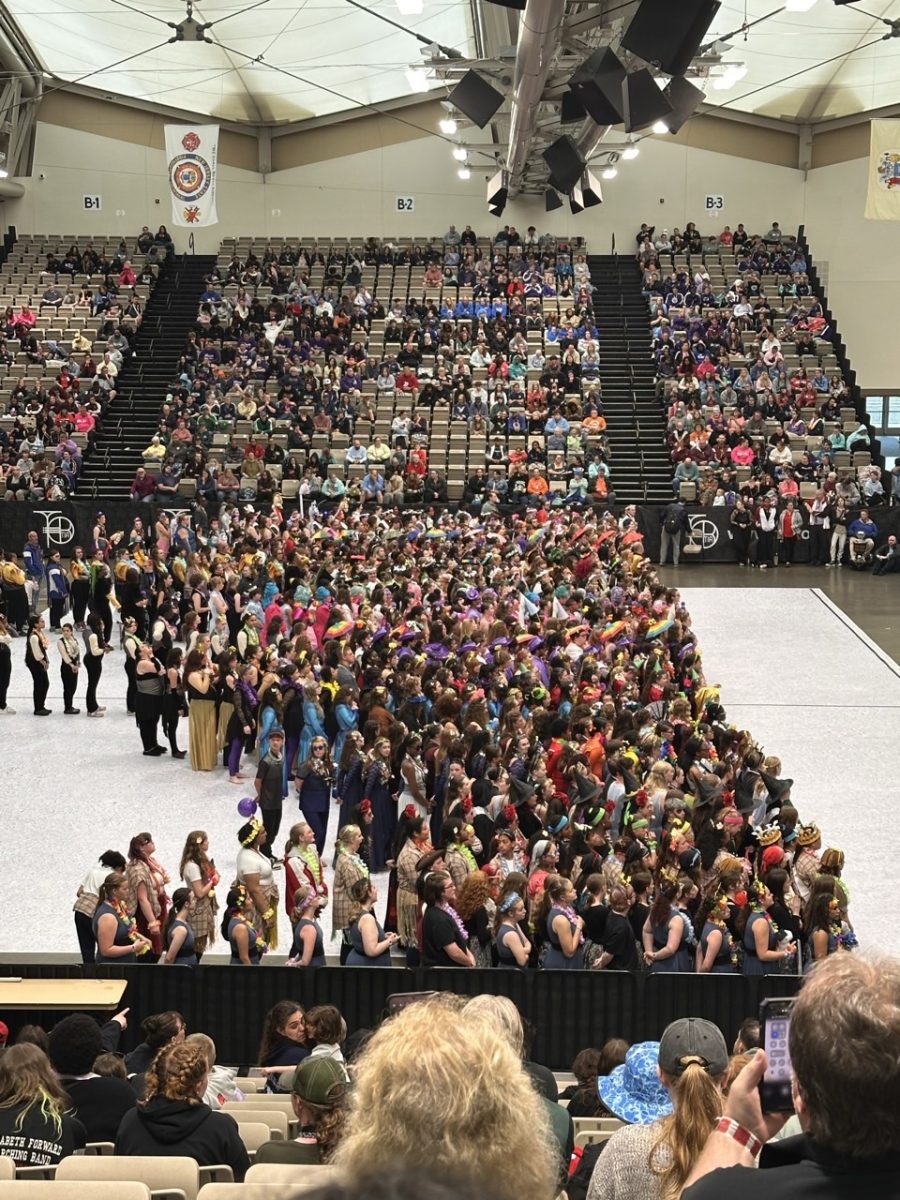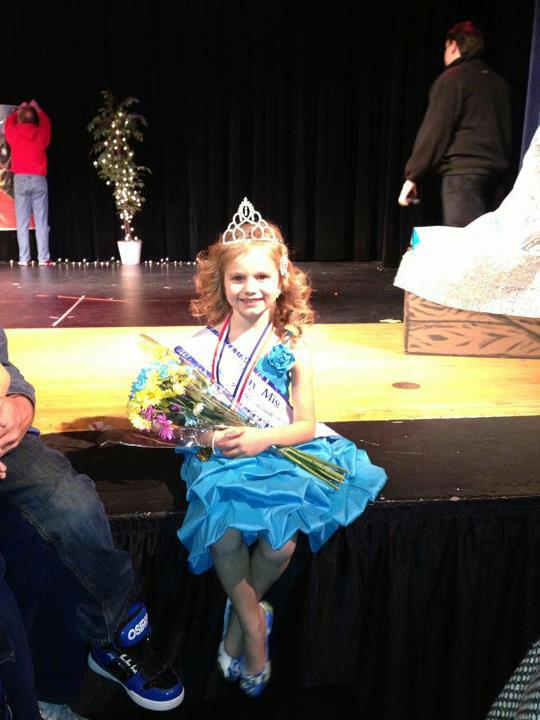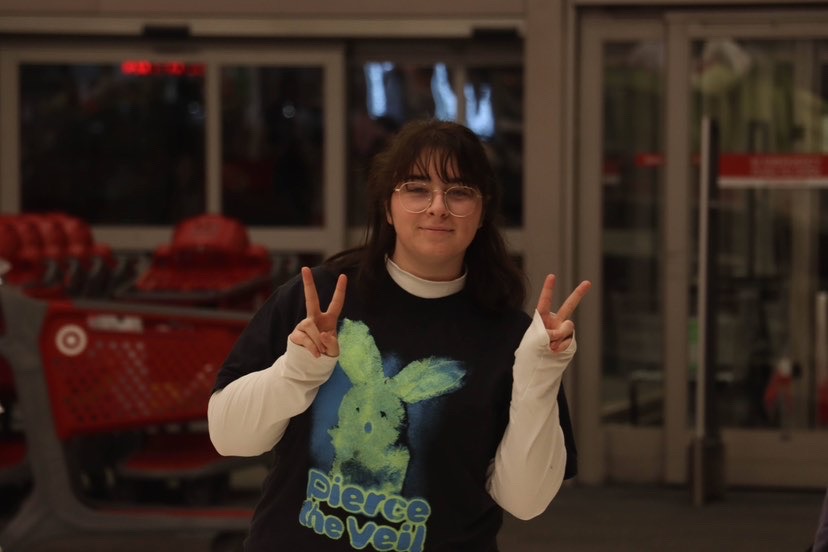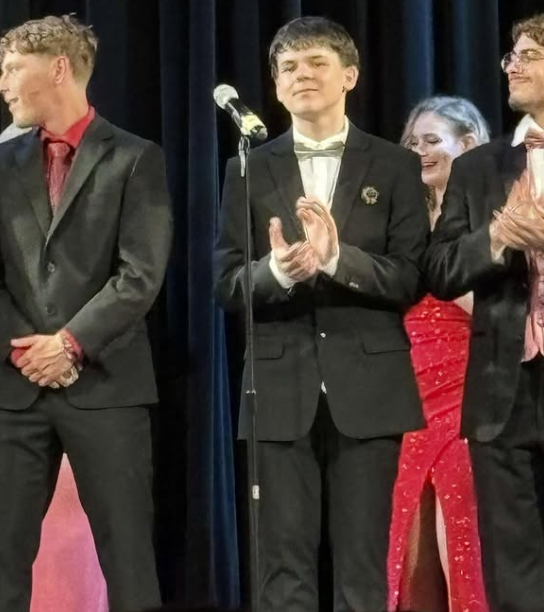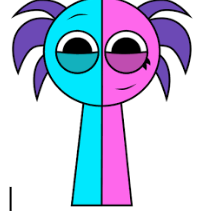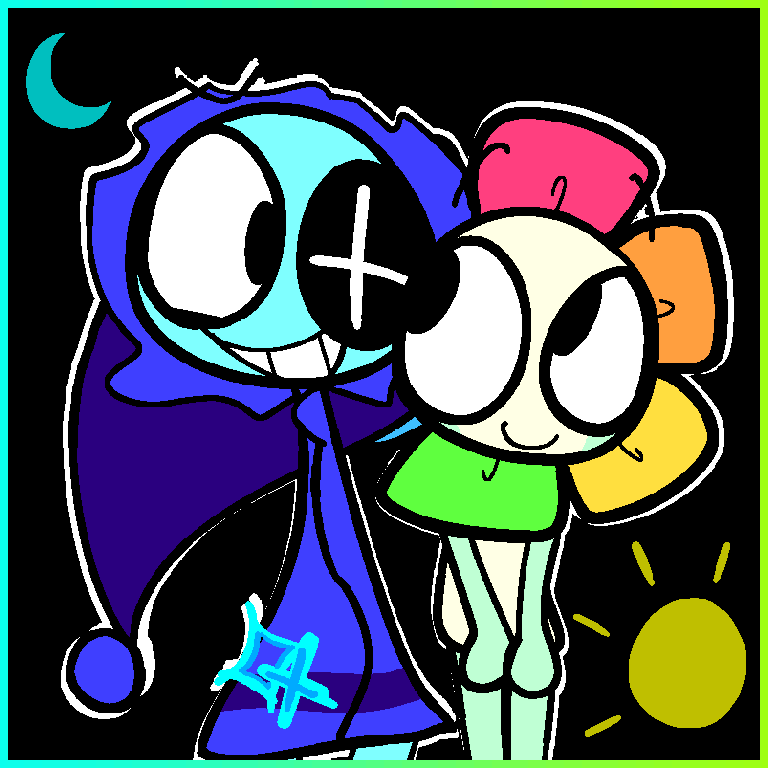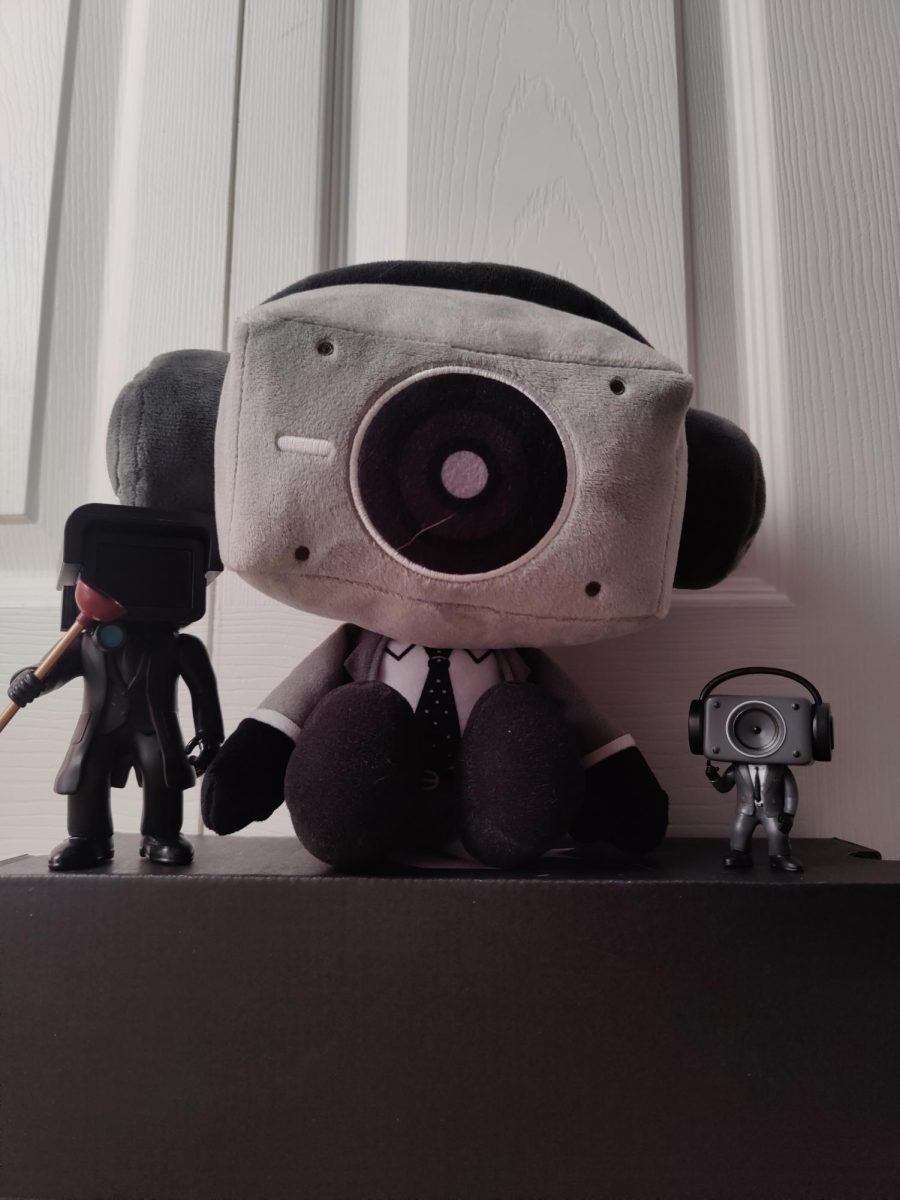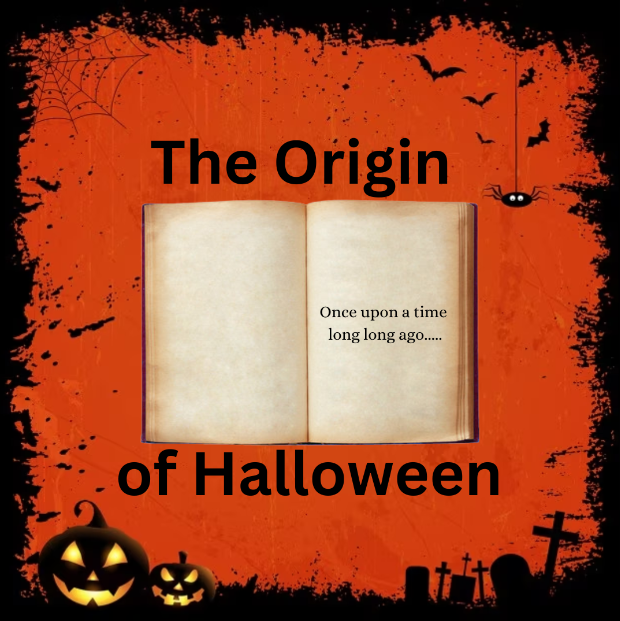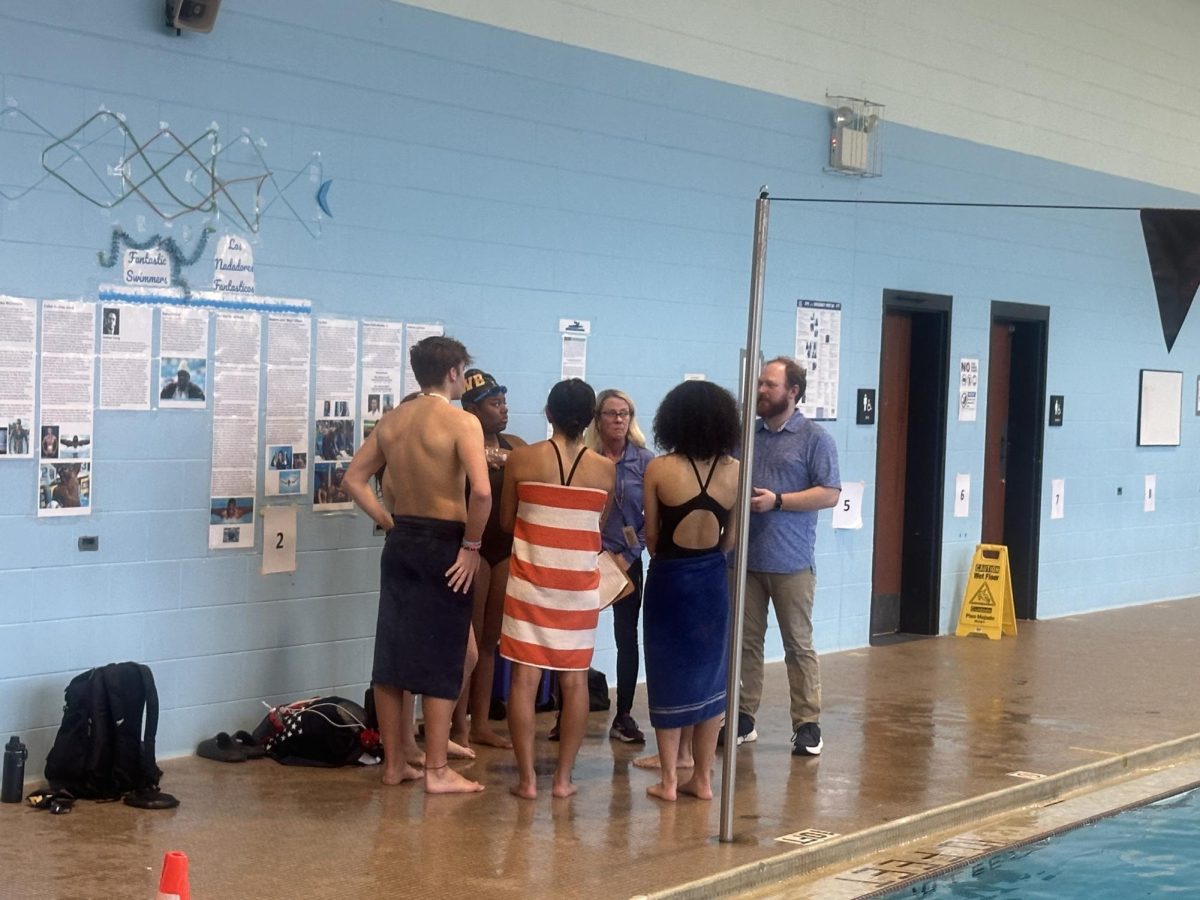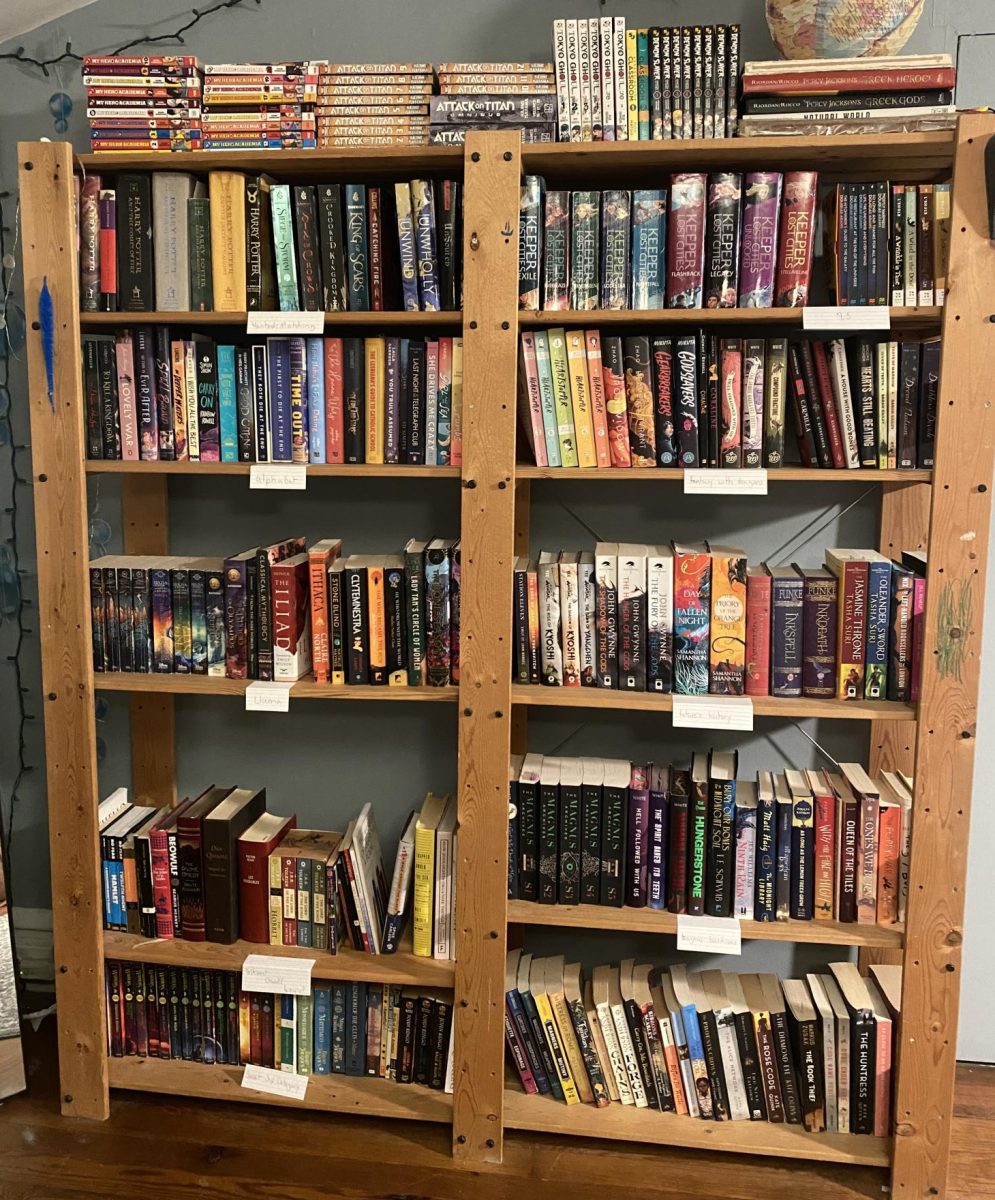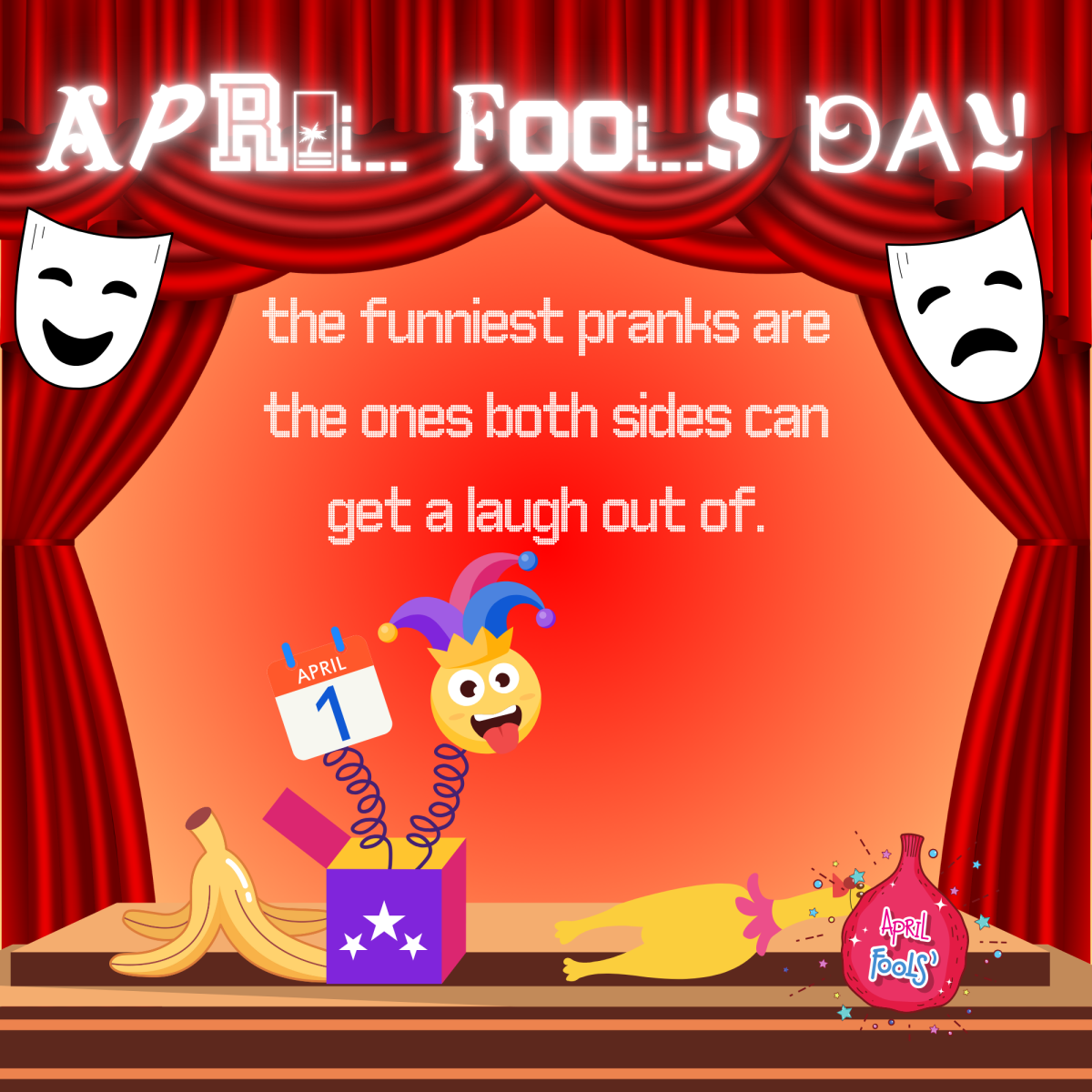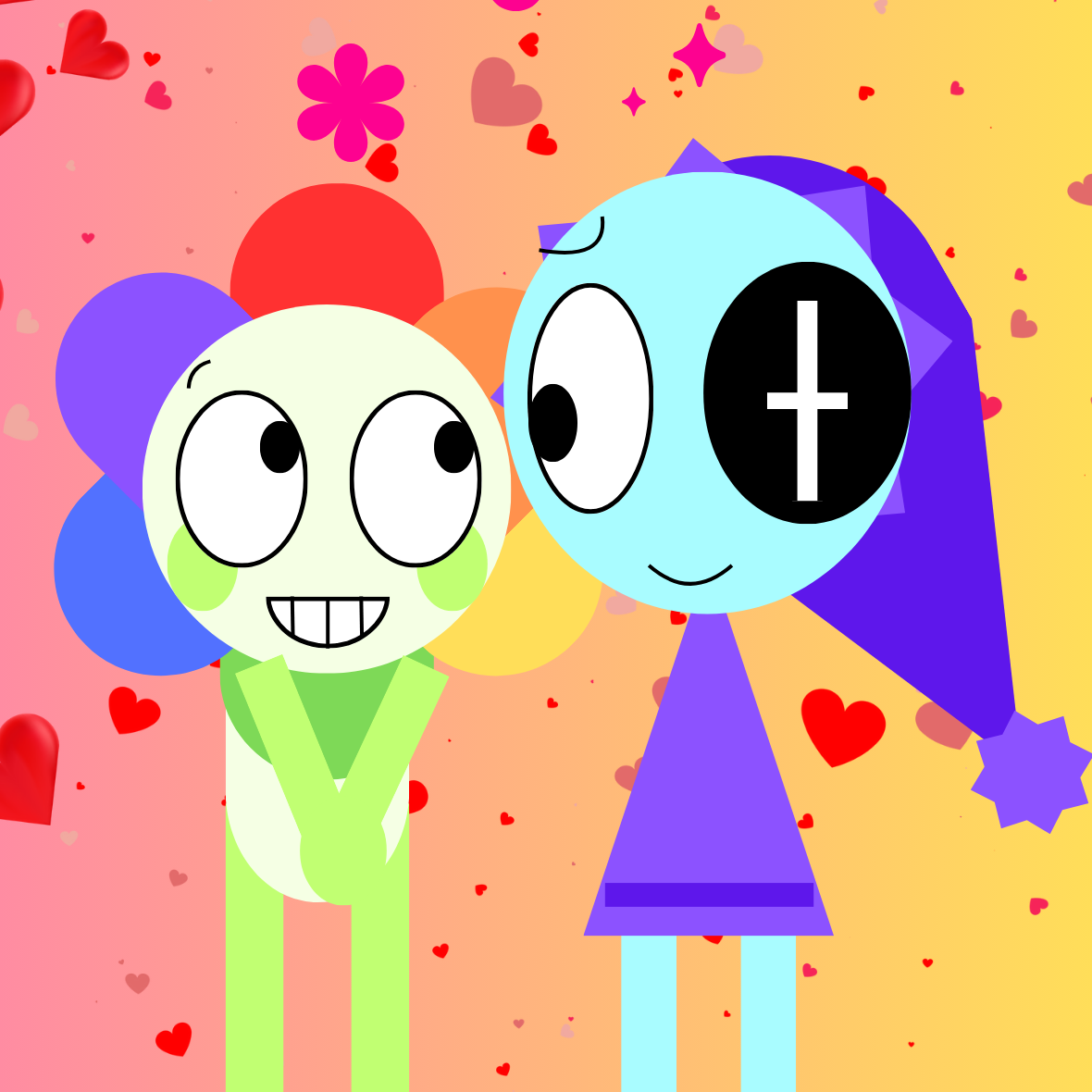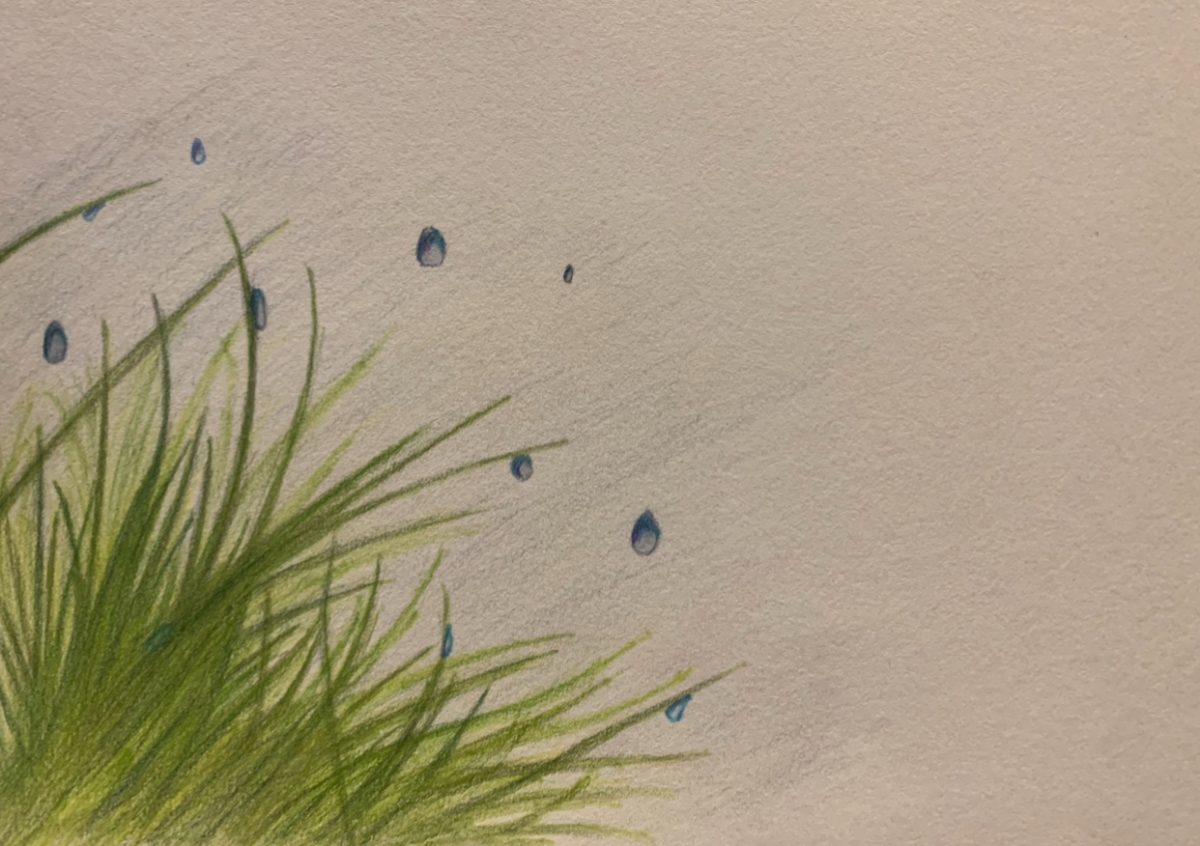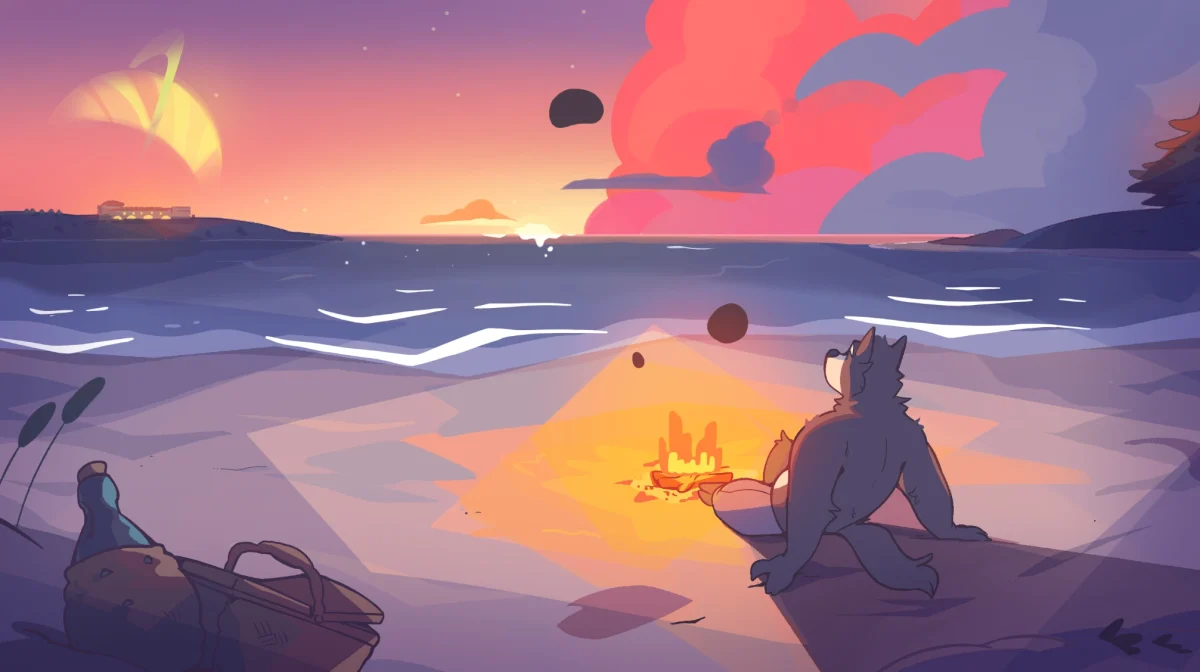Note: Adastra contains elements meant for a mature audience, visually and thematically. This article will not explicitly discuss any of them, but discretion is still advised. Be smart, be safe!
This article is largely spoiler-free! The game is full of twists and unanswered questions, so I’ll leave those to you to discover. I won’t describe any plot outside the first 15 minutes, but I’ll mention some themes that appear later in the novel.
Picture this: you’re studying abroad in Rome, and it’s your first day there. After getting to your apartment late, you awake to something standing over you, a humanoid wolf, somehow speaking to you. Are you still asleep, dreaming? The wolf knocks you out using a device that looks like a taser (it’s becoming clear he doesn’t know what he’s doing), and before you know it, you’re thousands of miles from Earth, hurtling toward an uncertain future on an alien moon.
This is the opening 15 minutes of Adastra, a visual novel first published in 2018, and finished in 2020. If you aren’t familiar, visual novels are a type of video game where the gameplay consists of reading dialogue, while different sprites of the characters appear, usually with some choices to determine the ending. It’s somewhere in between a novel and a standard video game.
Adastra is a political thriller/romance VN: the POV character, Marco, is kidnapped by an alien, Amicus, to help him win the emperorship on his home moon, the titular Adastra. The plot navigates backstabbing politics with countless twists and reveals while slowly building the romance between Marco and Amicus. You can read it all the way through in two or three days, a couple of hours each time.
I was first introduced to Adastra in 2021. A friend liked it a lot, but I barely knew anything about it until February 2024, when I realized it was free to download. All I knew was that it was a romance with some political elements and that it was apparently very sad. Not only were my expectations blown out of the water, it deeply affected me, and has ended up not only as one of my favorite games/VN’s ever but one of my favorite pieces of media in general.
When in Rome…
Now, let’s get the obvious out of the way. You saw the cover photo of this article, and my casual description of a “humanoid wolf” in the first paragraph, so let’s not dance around it. Adastra is a furry visual novel. If you’re unaware (or more likely misinformed), the Furry Fandom is a community based around an interest in anthropomorphic animal characters (think golden-age Disney, sports mascots, fantasy media, etc). For the most part, it’s welcoming and wholesome, focusing on arts and crafts, friendship, and self-expression. The negative perception around furries is unfortunate, but it doesn’t diminish from this game or anything else created related to them.
Adastra is very clearly written by and for a specific audience: male gay furries. Not only in the events but the deeper queer themes of the novel. If this puts you off, that’s okay. Furries have been the punching bag of online humor for over a decade at this point, so it’s unsurprising most people’s impressions of them are wrong. But, just because a story wasn’t written for you doesn’t mean you can’t get something out of it, or enjoy it thoroughly.
You are on the right path…
Adastra plays on your expectations before you even hit the download button. The game’s page describes it as a “romance visual novel”, with screenshots of scantily clad characters, saying seemingly risqué dialogue. While the description is true, and the screenshots are real, it sets up the mind to think the game will be a simple romance novel, a cheesy furry dating sim in space. That could not be further from the truth.
Romance is a large part of the story, sure, and a big reason the game is popular, however, the complex political and existential themes really make the game stick with you. Without spoiling them, they make you think a lot about the nature of life, religion, and free will. The game asks, is your path the right path? Is your will truly free, or controlled by fear and circumstance? Do you know who you can trust?
A cosmic microsecond…
If there’s another thing Adastra is known for, it’s the effect it has on people. In fact, this is so well known that fans have even coined a term for it. Post-Adastra Depression, PAD, is incredibly common and a completely normal thing to experience. All jokes aside, Adastra is definitely a sad game! Again, no spoilers, but it really pulls at your heartstrings several times.
But it’s not some mopey drama, the reason the sad moments are so moving is because the story has contrast. There are high-action fights, tense character reveals, fun side plots, romantic scenes, and more. All of these themes build up a world of incredibly realistic characters, making the sad moments hit hard. The incredible art within the game adds to this, it’s a good middle ground between cartoonish/chibi styles, showing the characters’ emotions and getting you attached to them. The various in-depth drawn artworks that appear throughout the game are amazing too. I mean, just look at the cover of this article!
To the stars…
Visual novels as a genre are incredibly interesting. The common thought is that they’re often cookie-cutter: a blank-slate protagonist falls in love with a generic anime boy/girl, and drama ensues. However, I think that the novelty of the genre, differing from anything else in form, allows for thematically dense, unique, and inspiring stories.
With the difficulty of being able to tell gay and queer stories, especially in our current political landscape, media like visual novels are particularly important. Most, including Adastra, are passion projects made by tiny teams on tiny budgets, allowing these developers to tell stories specific to them and their audience. For gay furries, some visual novels can solely be escapist, like the cookie-cutter example above. This doesn’t diminish their importance, but Furry Dating Sim #563 isn’t going to win any awards. However, more often than not, the creators of these games are exploring complex themes of queerness that are not being told elsewhere, certainly not in mainstream culture. Not only that, they are using an incredibly niche genre, making it all the more impactful to the relevant people.
Personally, I always had very little exposure to narratives that told stories I could connect to. I’ve been out as gay since I was 12, but have always been less open about my hobbies and interests, probably out of fear of being misunderstood or judged. Reading Adastra changed that for me. The combination of the themes along with its form made it incredibly powerful and made me want to be more available and open to the world. I certainly wouldn’t have been confident enough to write this article a year or two ago (Publicly outing myself as a furry?! Oh no, the horror!!).
Linked below is a video about Adastra by the YouTuber Boring Keith, which has an incredibly powerful quote in regard to the game and his own experience with it:
I hope that this game can be as powerful for others as it was for me. And if not, I at least hope that the artwork and storytelling can be appreciated for the value they have.
To not make this article the length of Adastra, I won’t get into any other VNs, you can find standouts of the genre like Adastra with a Google search. However, Boring Keith’s video is below, if you don’t want to play it yourself or want more information on it before deciding, as well as another video he made about furry visual novels in general. I recommend both, they’re well-researched and engaging watches!
Adastra: The Best Furry Visual Novel Made Me Come Out as Gay and Now You Have to Hear About It
How to Make a Furry Visual Novel in 30 DAYS
Here is further reading on the history of the Furry Fandom, I recommend it if you don’t personally know much about furries or your only knowledge comes from sensationalist news. It’s an incredibly interesting topic and community, an entire article could be written about it!

